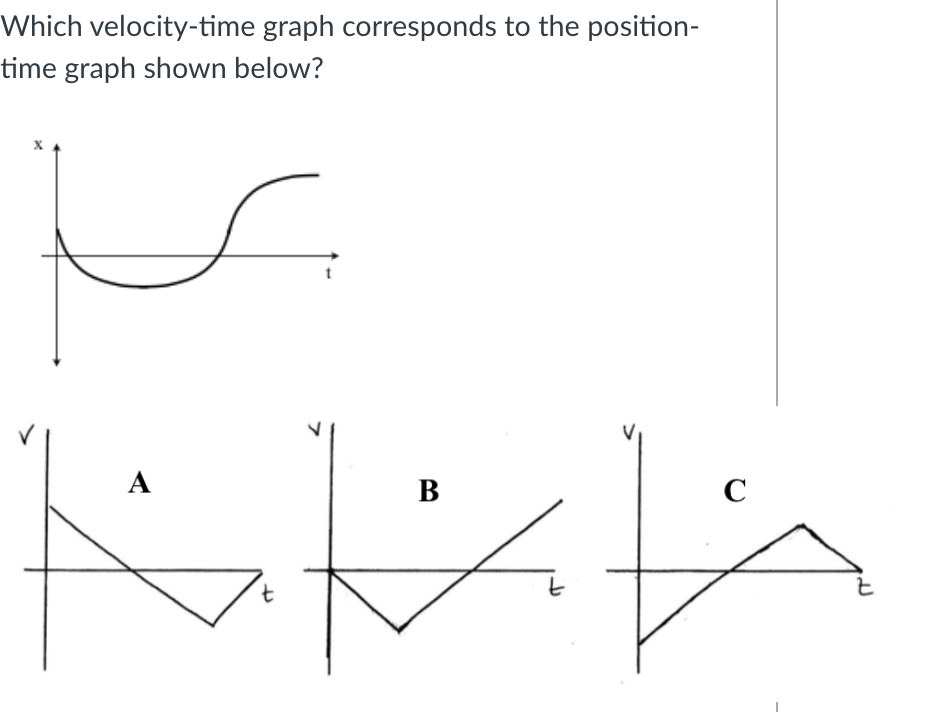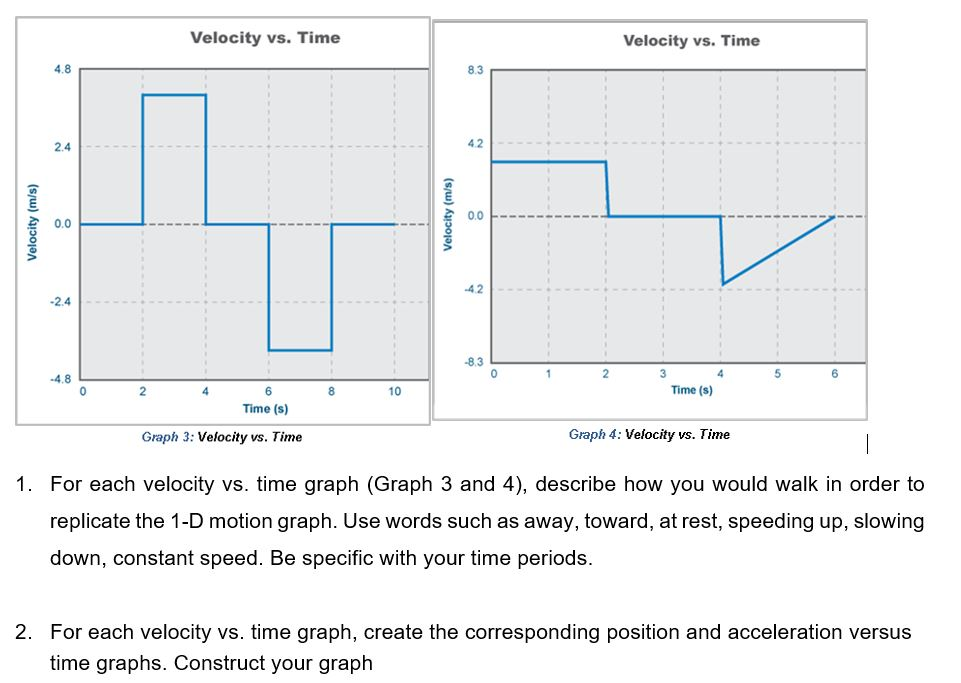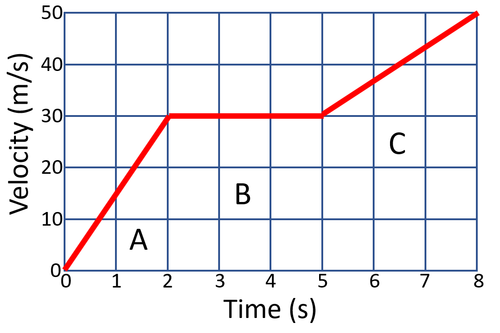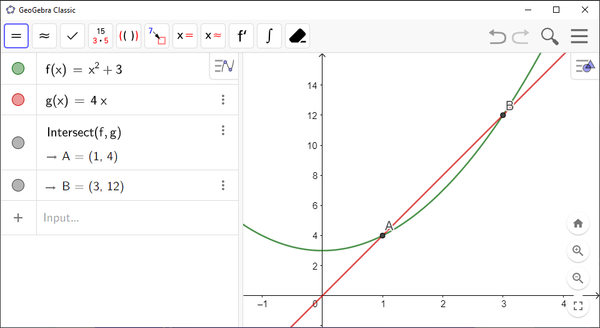This is the definition of velocity.
What is the speed of an object and the direction of its motion?
Draw a position vs. time graph for these two velocity vs. time graphs. Explain why there could be more than one correct answer for each.

See board.
There are an infinite number of possible graphs because we do not know the initial position of the object. The y-intercept could be anywhere.
What is the sign of velocity and acceleration for each graph?
Calculate the average velocity between t = 0 and t = 10.

What is 4 m/s? (40 meters / 10 seconds)
Joaquín is this species of turtle.
What is a Guadalupe Turtle -or- Southern Slider turtle?
This is the definition of acceleration.
What is the change in velocity over time?

After choosing your velocity vs time graph, draw the acceleration graph.
The correct velocity vs. time graph is C. The original graph has a negative slope to start, then becomes positive, later slowing down and approaching zero.
Between point A and point B, which graph has more displacement, the red line or the green line?
The displacement of the two graphs is equal between those two points.
Assume this is a velocity vs. time graph. What is the displacement from t = 0 to t = 3?
The displacement is 12 meters. (4 m/s * 3 s = 12 m)
This is the year MFS was founded.
What is 1951?
This is the name for motion that does not change velocity.
What is uniform motion?
Describe the motion for these two velocity vs. time graphs.

First graph: Stopped, then moving around 3 m/s in the positive direction, then stopped, then moving around 3 m/s in the negative direction, then stopped again.
Second graph: Moving around 3 m/s in the positive direction for 2 seconds, then stopped for 2 seconds, then going about 4 meters per second in the negative direction and slowing down over the next two seconds to a stop.
Between 1 second and 2 second, which object travels farther, the red line or the green line?
The red line goes farther - it is farther from the origin than the other line.
Assume this is a velocity vs. time graph. What is the total displacement from t = 3 to t = 9?
from t = 3 to t = 7 is the green triangle, 1/2 x (4 x 4) = 8 meters
from t = 7 to t = 9 is the red triangle, 1/2 x (2 x -2) = -2 meters
Total = 8 + -2 = 6 meters displacement
This is how tall Amber is in centimeters.
What is 185 cm?
This is the name for motion that is constantly changing speed at the same rate.
Uniform acceleration / Uniformly accelerated motion
Draw a position vs. time and acceleration graph for these two velocity vs. time graphs.

See board.
At point B, which object has a higher velocity, the red line or the green line? Why?
The green line has a higher velocity; the slope of the line is more positive than the red line.
Assuming initial velocity is 10 m/s, calculate the displacement from t = 0 to t = 14.

What is 380 meters? (Use the area method - the bottom rectangle is 10 x 14 = 140 meters, plus the triangle on top is 1/2 x (30 x 14) = 240 meters.
140 + 240 = 380 meters total displacement.
This is the name of the first Costa Rican president.
Who was José María Castro Madriz?
This is a drawing of a tangent line and what it tells us on a position vs. time graph.
It tells us the instantaneous velocity at that point.
Draw the velocity and acceleration graphs for position vs. time graphs B and C.

See board
Draw two motion maps: one for the red line and one for the green line.
See board
Using this graph, find the total displacement from t = 0 to t = 8. Then, draw a position vs. time graph and acceleration graph to match the motion.

Displacement is the area under the curve.
A = 1/2 x (30 x 2) = 30 meters
B = 30 x 3 = 90 meters
C = 30 x 3 + 1/2 x (20 x 3) = 120 meters
Total = 30 + 90 + 120 = 240 meters
This is the name of Lewis's baby.
What is Solan?

